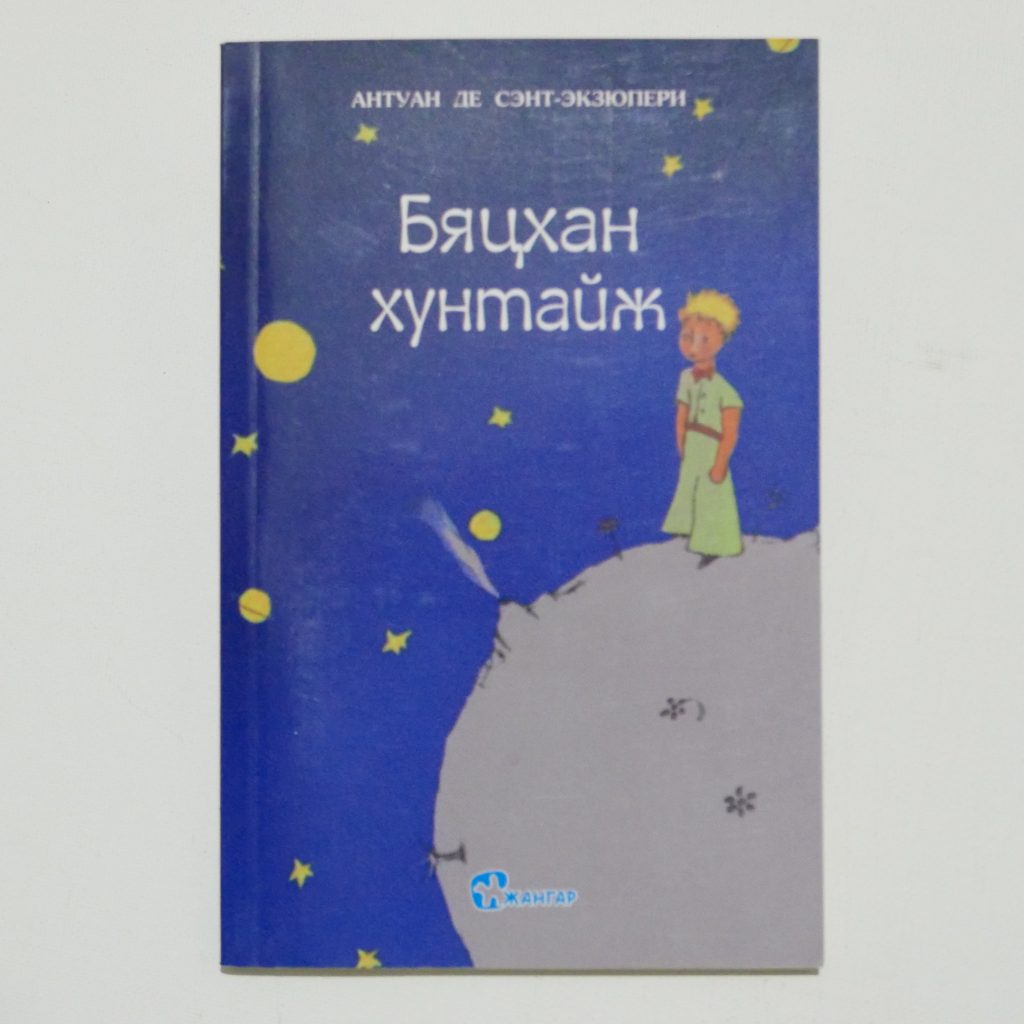
Бяцхан Хунтайж (Byatskhan Khuntayzh), in Mongolian.
The Mongolian language (монгол хэл / mongol khel)
The Mongolian language is the official language of Mongolia and is also spoken in the Inner Mongolia Autonomous Region of China, as well as by communities in Russia and other countries. It belongs to the Mongolic language family, which includes several other languages and dialects spoken across Central and East Asia. Mongolian has several dialects, with Khalkha Mongolian being the standard and most widely spoken dialect in Mongolia, serving as the basis for the written language.
Mongolian has a rich linguistic history that can be traced back to the Mongol Empire in the 13th and 14th centuries. The earliest known examples of written Mongolian date from the 13th century and are found in the Uyghur script, which was adopted by the Mongols. Over the centuries, Mongolian has been written in a variety of scripts, including Uyghur, Phags-pa (created during the Yuan dynasty), and Cyrillic, with the latter being adopted in the 20th century in Mongolia as part of Soviet influence. The traditional Mongolian script, derived from Uyghur, is still used in Inner Mongolia, China.
Mongolian has a range of vowels and consonants, including vowel harmony, which is a characteristic feature of the language. Vowel harmony affects suffixation and word formation, where vowels within a word harmonize to be either front or back. The Mongolian lexicon has absorbed loanwords from Russian, Chinese, Tibetan, and Sanskrit, reflecting Mongolia’s historical interactions and cultural exchanges. However, the core vocabulary remains distinctly Mongolic.
Since the 1940s, Mongolia has primarily used the Cyrillic alphabet, with two additional characters to represent Mongolian sounds not found in Russian. Inner Mongolia continues to use the traditional Mongolian script, which is written vertically from top to bottom and then left to right. Efforts to revive the traditional script in Mongolia have gained momentum in recent years, emphasising cultural heritage and national identity.
Mongolian is more than just a means of communication; it is an integral part of Mongolia’s national identity and cultural heritage. The language and its literature, especially in the traditional script, carry significant cultural and historical value, including the famous “Secret History of the Mongols,” which is the oldest surviving Mongolian-language literary work


